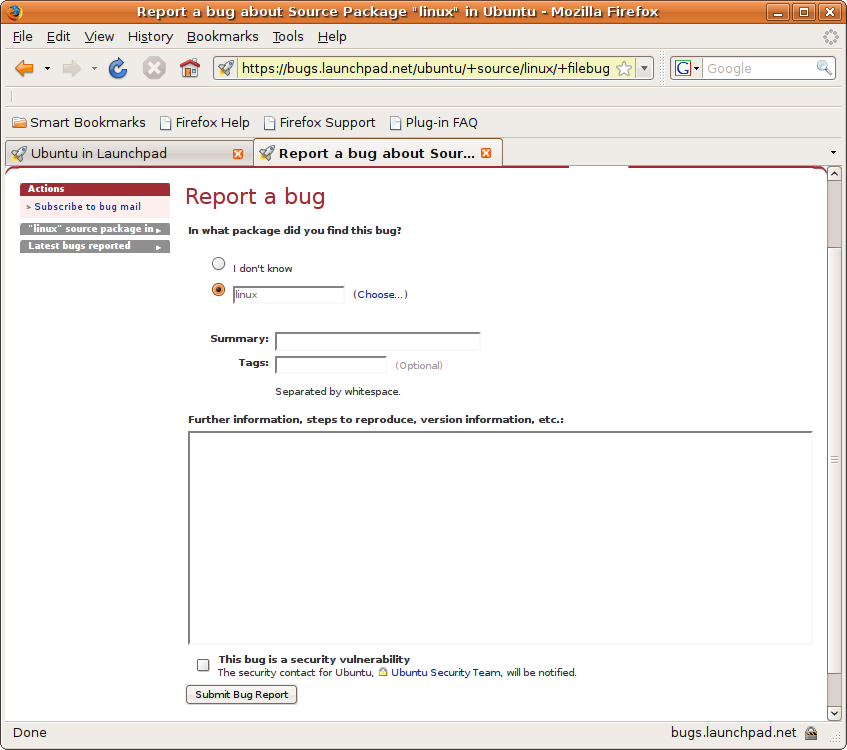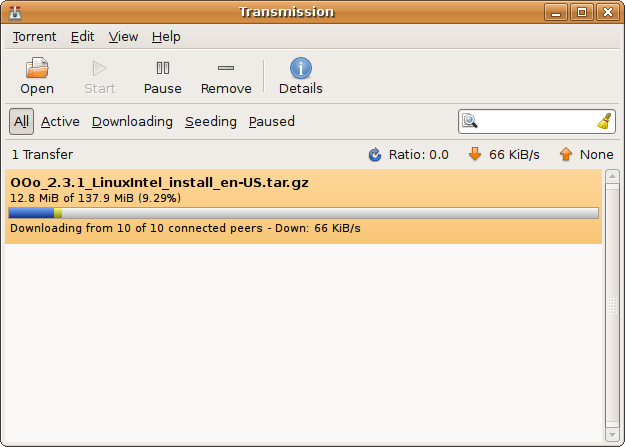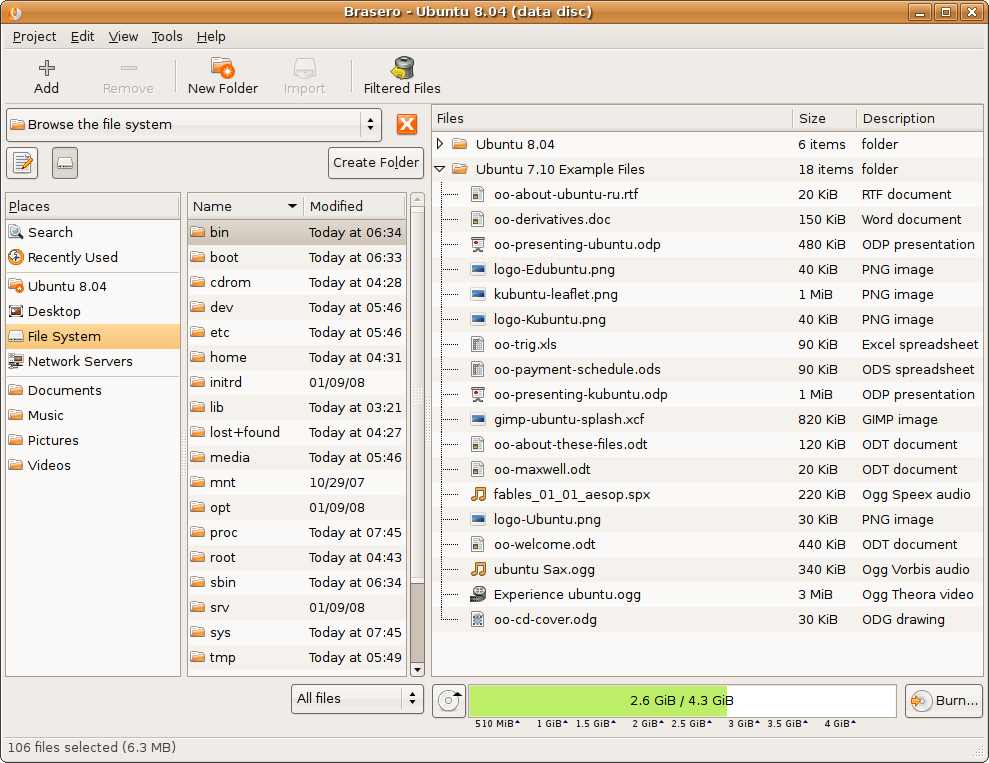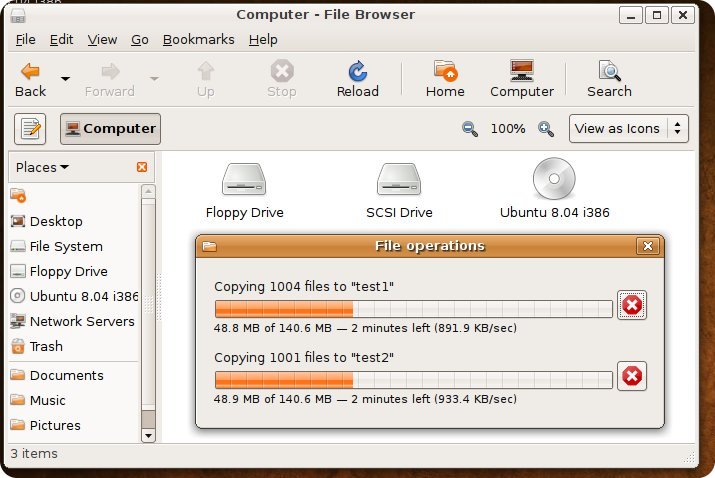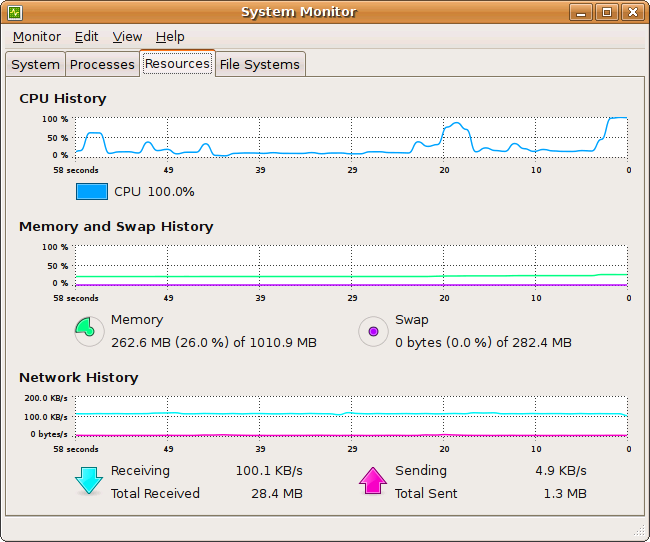Linux in Government
http://www.linux.org/info/linux_govt.html
Linux is now more than a decade old. Throughout its history there have been many government entities that have decided that Linux was the ideal operating system to handle their mission-critical computing needs. This list gets larger every day. Here are a list of some of the more notable migrations to the Linux platform in the public sector.
| Government/Public Sector | |
| Entity | Background |
| French Ministry for Education | The ministry has migrated over 3,000 servers to Linux - nearly all of their servers - with the majority running Red Hat. |
| Library of Congress, USA | Thousands of rare historic documents housed by the Library of Congress are being digitalized using Linux clusters and other Linux-based systems and the open source Scribe system. |
| Portuguese Ministry of Justice | The Ministry of Justice of Portugal is implementing a plan called LISA to incorporate Free and Open Source software into their IT infrastructure as a way to be innovative while also cutting costs. |
| Swedish Armed Forces | The Armed Forces of Sweden announced in February of 2007 that they would be migrating their servers from Windows NT to Red Hat Enterprise Linux. |
| Government of Switzerland | In mid-December 2005, the Swiss government announced that it would be carrying out a large-scale migration of servers to Novell's SUSE Linux. |
| Berlin, Germany | The city government of Berlin announced in early December, 2005 that they would be migrating most of their 58.000 Windows desktops to Linux. |
| New Zealand's Inland Revenue | The Inland Revenue Department of New Zealand announced in late October 2005 that they would be migrating 7,000 desktop systems to Linux. |
| Munich, Germany | Munich's city government announced it was migrating its entire IT operations to the Linux platform in 2002. Despite a personal visit from Microsoft CEO Steve Ballmer, the German city is continuing with its plans to switch 14,000 desktops to Linux. |
| The Government of Japan | The Ministry of Internal Affairs and Communications announced in early October 2005 its plans to key government systems to Linux in order to decrease its dependency on Microsoft products. |
| Junta de Extramadura, Spain | The Junta de Extremadura, the regional government of Extremadura, is a pioneer in the use of Linux in the public sector. They have also developed their own Linux distribution called LinEx. The have embarked on a large-scale migration of their IT infrastructure, which includes switching 14 hospitals and over 400 local health care centers to Linux. The have also installed Linux in 80,000 computers in their public schools. |
| Vienna, Austria | Officials in Vienna's city government announced at the beginning of 2005 that they would be migrating one third of their desktops to Linux. Other desktops, though still running Windows, would be using OpenOffice. They are also reportedly developing their own Linux distribution, called Wienux. |
| Bergen, Norway | Norway's second largest city announced in June, 2004 its plans to migrate its core IT infrastructure to Linux. A combination of Unix and Windows servers will be phased out and replaced with servers running Linux. |
| South African Revenue Service | The South African Revenue serviced announced in April of 2005 that it was moving its SAP system on to Linux servers running Novell's SUSE Linux. |
| Ministry of Health, New Zealand | New Zealand's Ministry of Health announced in February 2005 that they were migrating servers running Windows to Linux. |
| Largo, Florida, USA | The city of Largo, Florida was one of the first high-profile migrations to Linux in the public sector. The switch began in 2000 when David Richards, the systems administrator for the city began switching webservers to Red Hat Linux. He followed in 2001 by beginning the change to thin clients running Linux. |
| Pinellas County, Florida | Public access to county court records database is provided by servers running Linux. |
| Bloomington, Monroe County, Indiana | The city of Bloomington's emergency dispatch system runs on Linux. Police and fire crews are managed by the system. |
| United States Postal Service | One of the earliest known Linux adoptions was the U.S. Postal Service's switch to Linux in 1997. A Linux-based system was set up to run OCR equipment that recognizes the destination addresses on letters. |
| Administrative Office of the U.S. Courts | It was announced in November of 2003 that PEC Solutions of Fairfax, Virginia would be taking on the task of migrating the Federal Judiciary's entire national IT infrastructure to Linux. The system will handle case management, finance and accounting, probation and pretrial services, and case-tracking management. |
| The Federal Government of Brazil | Linux and Open Source software will be mandatory for government agencies in Brazil according to a presidential decree being drafted in early 2005. |
| Mexico City, Mexico | The capital of Mexico has been migrating its IT infrastructure to Linux since the election of Mayor Andrés Manuel López Obrador in 2000. |
| National Security Agency, USA | One of the pillars of the intelligence community of the United States, the NSA developed its own custom enhancements to the Linux kernel, known as Security Enhanced Linux or SE Linux. |
| Department of Human Services, New Jersey, USA | State IT officials migrated the Child-Welfare Implementation System to Linux, greatly speeding up the time it takes case workers to access records. |
| The State of Nebraska, USA | The State of Nebraska has migrated some of its key IT infrastructure to Linux. |
| United States Census Bureau | The Fast Facts website is a Linux-based web application. |
| United States Department of Energy | Pacific Northwest National Laboratory uses a Beowulf cluster powered by Linux servers. In 2002, it was the most powerful Linux-based system in the world. |
| Federal Bureau of Investigation (FBI), USA | The FBI's Dallas, Texas office uses a LAMP (Linux, Apache, MySQL and PHP/Perl/Python) solution to provide an Emergency Response Network. The system links federal, state and local agency and insures fast response times in the event of emergencies. |
| National Aeronautics and Space Administration (NASA), USA | NASA has been a long time user of Linux and Open Source software. Debian GNU/Linux was used to control experiments on the Space Shuttle mission STS-83 in April, 1997 |
| State of Mississippi, USA | The state's Automated System Project, which runs on Linux servers, coordinates state, local and federal law enforcement agencies' access to information. The project, funded by the US Department of Homeland Security, serves as a model for a future nationwide system. |
| Ministry of Information and Communication, South Korea | The ministry is funding projects within the South Korean government that use Linux and Open Source. |
| The Government of Venezuela | President Hugo Chavez issued a decree in December 2004 that calls on the Minister for Science and Technology to draw up a national plan for transition of Venezuela's public administration to Open Source software. The Ministry of Sports and Education, which has already made the switch, saved up to 4 billion Bolivares in 2004 on their IT costs. |
| Government Open Code Collaborative, USA | The states of Massachusetts, New York, Pennsylvania, Rhode Island, Texas, Utah, Virginia and West Virginia share Open Source applications through a repository at the University of Rhode Island. GOCC hosts these applications for sharing among government entities and non-profits. |
| Central Scotland Police, Scotland, UK | Central Scotland Police have developed a Linux-based system to facilitate the public's access to government data as mandated in the Freedom of Information Act. |
| Centrelink, Australia | Centrelink is the government agency that distributes social security payments in Australia. The agency's 27,000 staff will use a Linux-based system to distribute $55 billion AU to over 6 million users. |
| Ministry of Finance, Denmark | The Ministry uses a JBoss application server running on Red Hat Linux to exchange XML data among ministries in Denmark. |
| United States Navy | The US Navy employs Linux clusters to run sonar systems on nuclear submarines. |
| Federal Ministry of Education, Nigeria | Education officials in Nigeria had migrated 35 high schools to Linux in 2003. |
| Northern Territory, Australia | The government of the Northern Territory has pledged to increase the use of open source technologies. As of May 2005, $35 million AU has been spent already migrating desktops to Linux. |
If you know of any government or public sector Linux deployment that we haven't listed here, please contact the webmaster: webmaster**AT**linux.org
Labels: computers, Linux, operating systems















